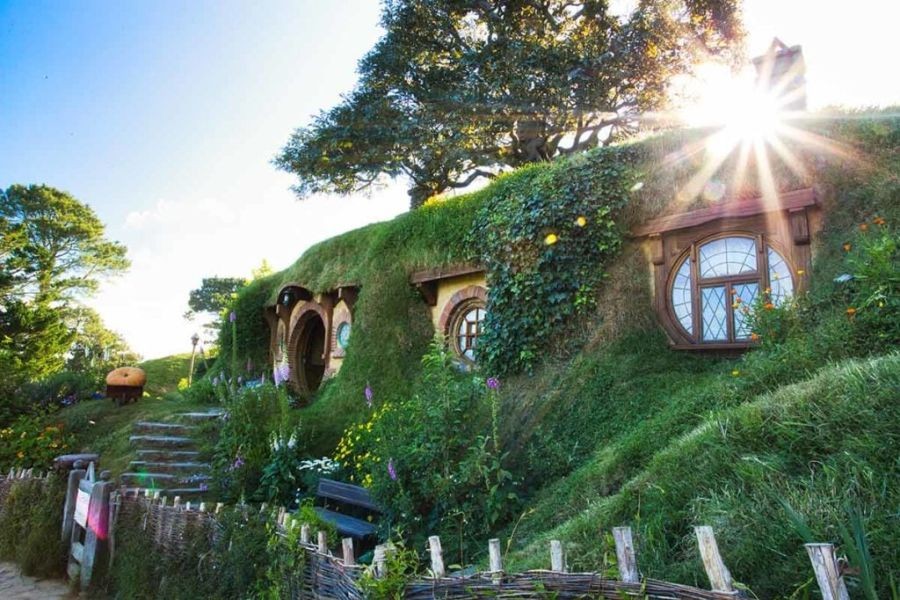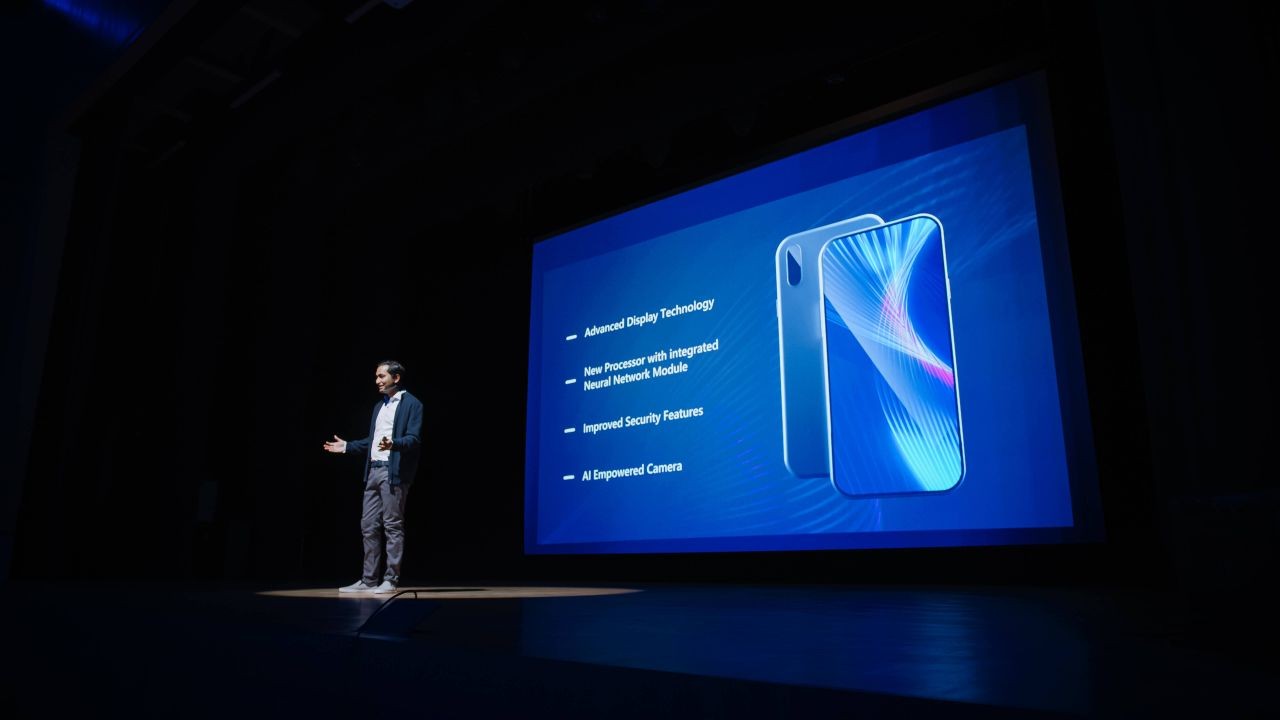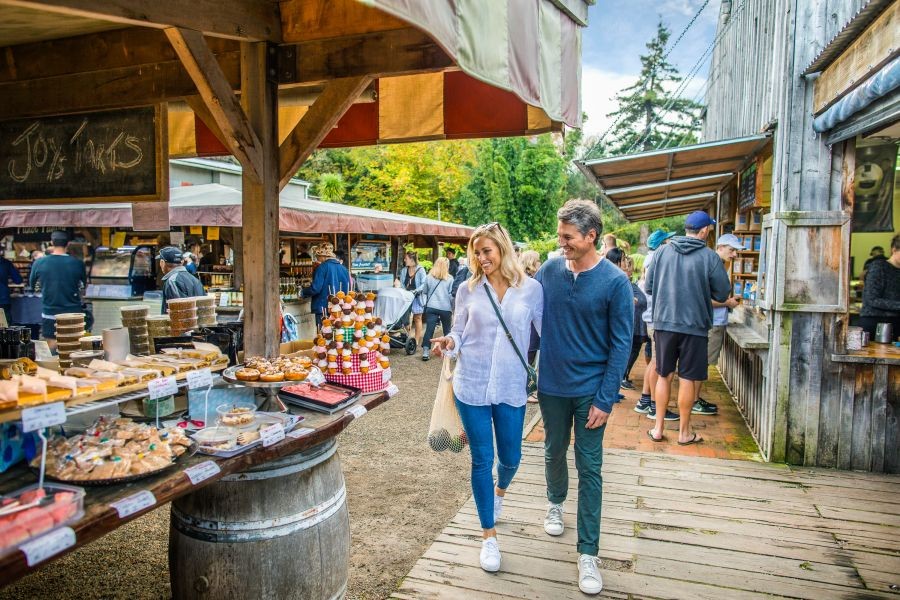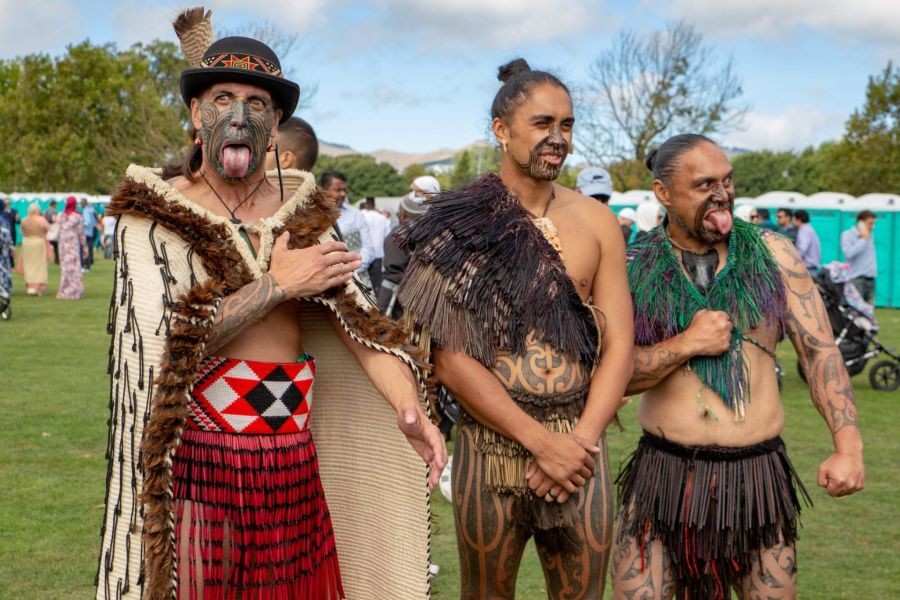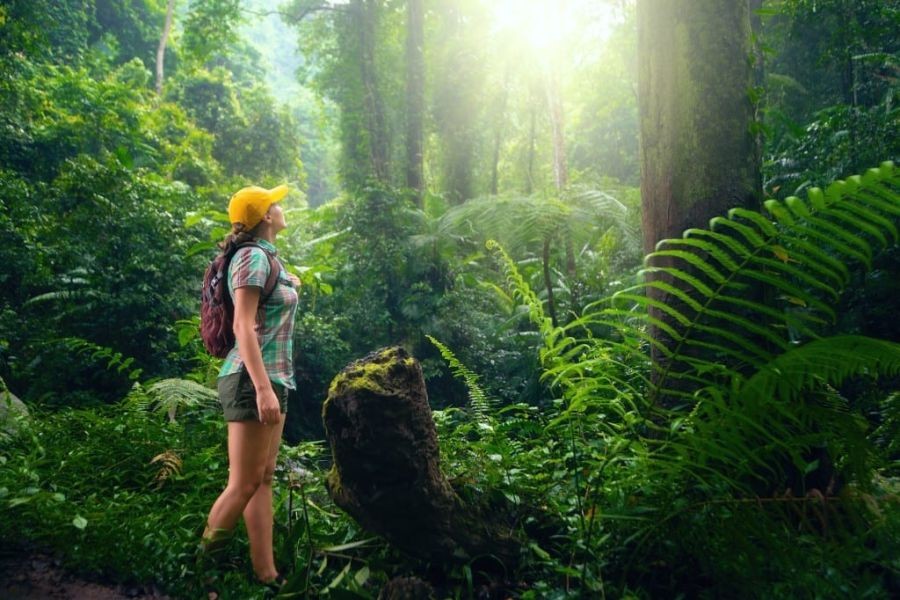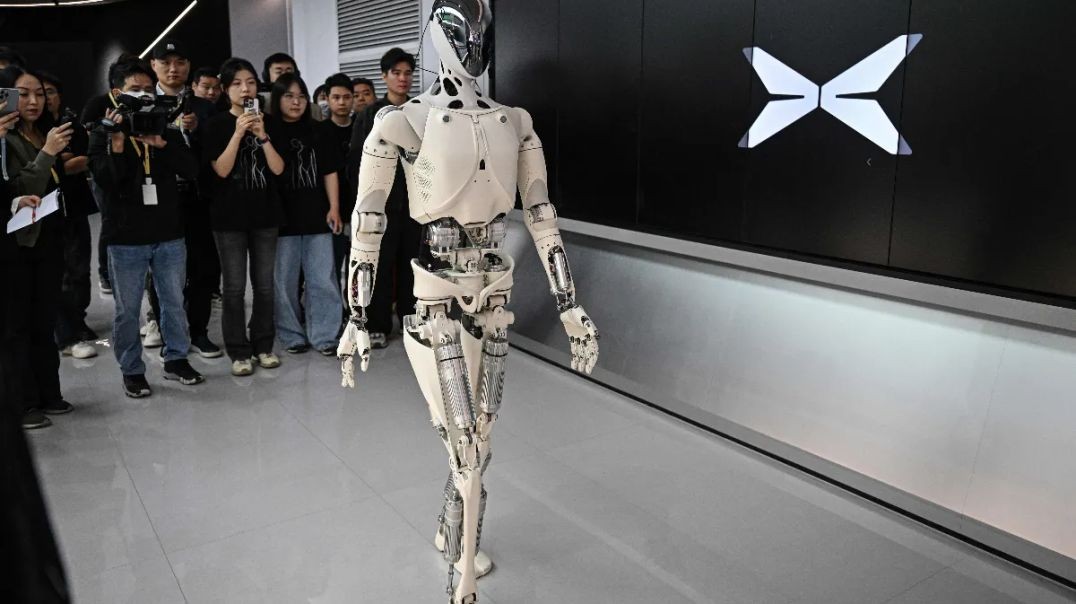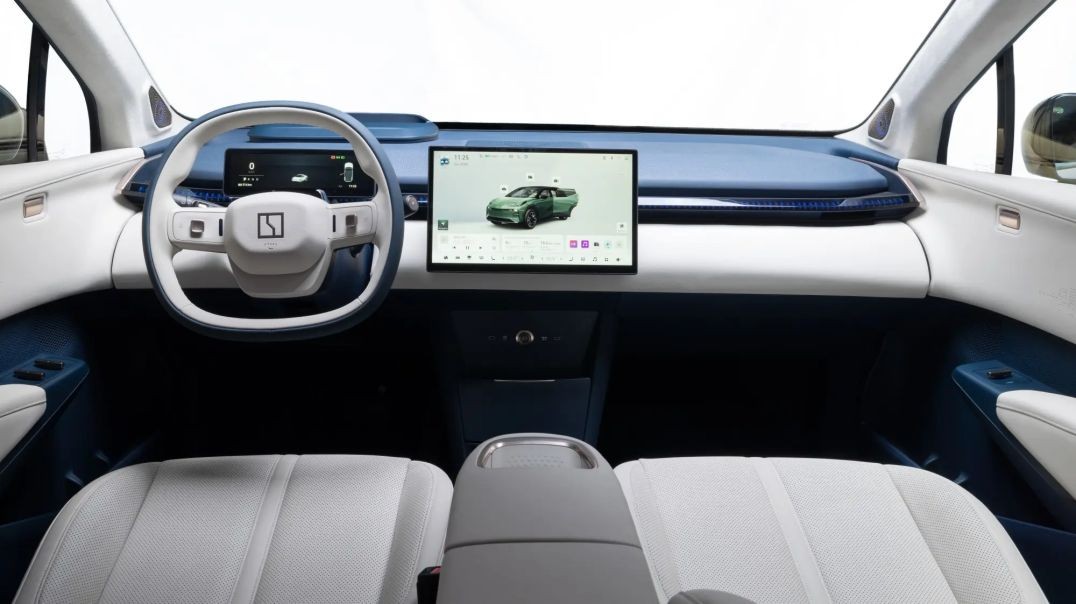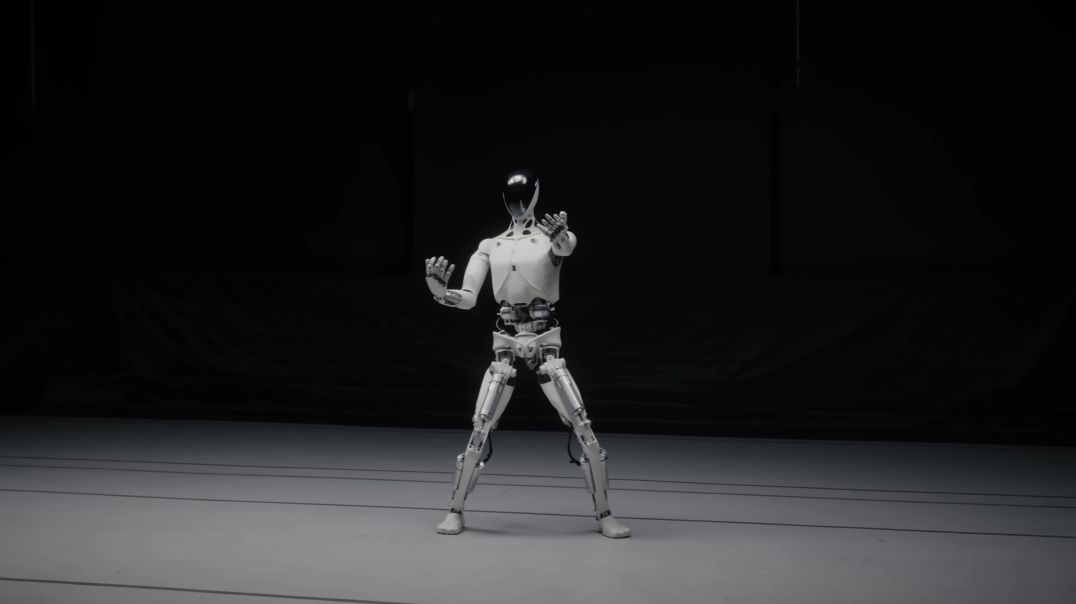Introduction
New Zealand's historic landmarks are more than just remnants of the past; they are vital cultural and economic assets that shape the Kiwi identity. Did you know that over 50% of international tourists cite New Zealand's rich history and landmarks as a key reason for their visit? As the country's tourism industry contributes approximately 5.8% to the GDP (Stats NZ, 2023), understanding these landmarks' significance is crucial for both cultural preservation and economic growth. This article delves into the profound impact of New Zealand's historic landmarks, offering insights into their role in the nation's economy, culture, and beyond.
Comparative Analysis of Historic Landmarks
New Zealand's historic landmarks stand as testaments to its diverse cultural tapestry, ranging from Maori heritage sites to colonial architecture. Each landmark tells a unique story, offering a glimpse into the country's past while influencing its present. For instance, the Waitangi Treaty Grounds are pivotal for understanding New Zealand's colonial history and its ongoing journey towards biculturalism. In contrast, global landmarks like the Great Wall of China serve as symbols of national unity and defense, reflecting different cultural narratives.
How Historic Landmarks Work: A Deep Dive
Historic landmarks function as cultural repositories, preserving the stories and traditions of past generations. They are integral to the tourism industry, attracting millions of visitors annually. In New Zealand, landmarks like the Hobbiton Movie Set have transformed local economies by drawing tourists interested in film and literature.
Beyond tourism, these landmarks also play a role in education and research. Universities and researchers leverage these sites for studies in history, archaeology, and cultural studies, further enriching the nation's academic landscape. The University of Auckland, for instance, has conducted extensive research on Maori heritage sites, contributing to a deeper understanding of indigenous cultures.
Real-World Case Studies
Case Study: Waitangi Treaty Grounds – Preserving Bicultural Heritage
Problem: The Waitangi Treaty Grounds, a site of immense cultural significance, faced challenges in engaging younger generations and international audiences.
Action: To address this, the management introduced interactive exhibits and digital tours, leveraging technology to enhance visitor engagement. They collaborated with Maori communities to ensure culturally sensitive representations.
Result: Visitor numbers increased by 30% in two years, with significant growth in younger demographics. The site also received international recognition for its innovative approach to cultural preservation.
Takeaway: This case highlights the importance of innovation in preserving and promoting historic landmarks. For New Zealand, integrating technology with cultural heritage can enhance tourism and education.
Case Study: Hobbiton Movie Set – Economic Transformation
Problem: The rural town of Matamata faced economic challenges, with limited job opportunities and declining local industries.
Action: The establishment of the Hobbiton Movie Set as a tourist attraction revitalized the local economy. Strategic marketing and collaborations with film studios helped attract global visitors.
Result: Matamata's tourism revenue increased by over 50%, creating numerous jobs and boosting local businesses.
Takeaway: This case demonstrates how leveraging popular culture and media can transform local economies. For New Zealand, promoting film-related landmarks is a strategic avenue for economic growth.
Data-Driven Analysis
According to Stats NZ, heritage tourism contributes significantly to the national economy, with over 3.9 million international visitors in 2022 citing cultural heritage as a reason for their visit. This trend underscores the economic potential of historic landmarks.
Moreover, a report by the Ministry of Business, Innovation and Employment (MBIE) highlights that regions with well-maintained historic sites experience a 20% increase in local business revenue. This data reflects the broader economic benefits of investing in the preservation and promotion of these sites.
Balanced Contrasting Viewpoints
While historic landmarks are celebrated for their cultural and economic contributions, they also face challenges such as preservation costs and the risk of commercialization. Advocates argue that these sites are crucial for cultural identity and tourism revenue. Critics, however, warn against over-commercialization, which can dilute cultural significance.
Middle Ground: A balanced approach involves sustainable tourism practices that respect cultural heritage while maximizing economic benefits. Implementing policies that prioritize preservation and community involvement is essential for long-term success.
Pros vs. Cons Analysis
Pros:
- Economic Impact: Historic landmarks boost tourism revenue, supporting local economies.
- Cultural Preservation: They play a crucial role in preserving cultural heritage and identity.
- Education and Research: These sites offer valuable opportunities for academic studies and cultural education.
- Job Creation: Tourism related to historic landmarks generates employment opportunities.
Cons:
- Preservation Costs: Maintaining these sites can be financially demanding.
- Risk of Over-Commercialization: Excessive commercialization can undermine cultural significance.
- Environmental Impact: Increased tourism can lead to environmental degradation if not managed sustainably.
Common Myths & Mistakes
Myth: "Historic landmarks are just old buildings with no modern relevance."Reality: These sites are cultural and economic assets, driving tourism and preserving heritage.
Myth: "Preservation of landmarks is a financial burden."Reality: While maintenance requires investment, the economic benefits from tourism often outweigh the costs.
Myth: "Landmarks are only of interest to tourists."Reality: They are integral to local communities, offering educational and cultural value.
Future Trends & Predictions
Looking ahead, the integration of technology will redefine how historic landmarks are experienced. Virtual reality (VR) and augmented reality (AR) are poised to transform visitor engagement, offering immersive experiences that transcend physical boundaries. By 2028, it is predicted that 70% of New Zealand's historic sites will incorporate digital technologies to enhance accessibility and learning (Source: NZ Tech Trends 2024).
Conclusion
New Zealand's historic landmarks are invaluable assets that offer cultural, educational, and economic benefits. As the nation continues to balance preservation with modernization, leveraging technology and sustainable practices will be key to unlocking these sites' full potential. The future of New Zealand's historic landmarks is bright, promising enriched cultural experiences and continued economic growth.
Final Takeaway & Call to Action:
Embrace the rich history and culture of New Zealand by visiting and supporting local historic landmarks. Share your experiences and insights to help preserve these cultural treasures for future generations. What are your favorite historic sites in New Zealand? Join the conversation and share your thoughts!
People Also Ask (FAQ)
How do historic landmarks impact New Zealand’s economy?Historic landmarks boost tourism, a major economic contributor, and support local businesses through increased visitor spending.
What are common misconceptions about historic landmarks?A common myth is that they have no modern relevance. In reality, they drive tourism and preserve cultural heritage, offering economic and cultural benefits.
What future trends could affect historic landmarks in New Zealand?By 2028, 70% of NZ's historic sites will likely integrate digital technologies like VR and AR, enhancing visitor engagement and accessibility.
Related Search Queries
- New Zealand historic landmarks
- Maori heritage sites in NZ
- Economic impact of tourism in New Zealand
- Preservation of historic landmarks
- Technology in heritage tourism
- Waitangi Treaty Grounds significance
- Hobbiton Movie Set tourism impact
- Future of cultural heritage in NZ
- Sustainable tourism practices in New Zealand
- Historic landmarks and education






